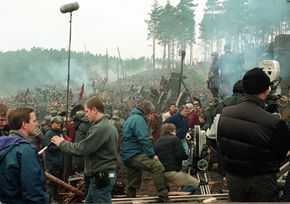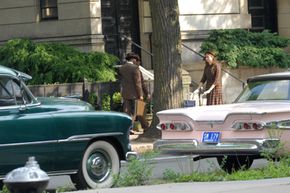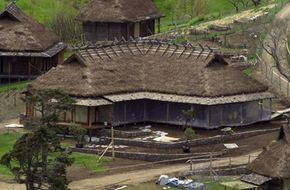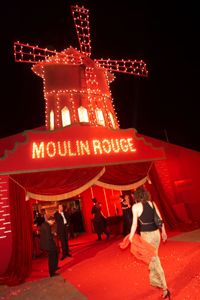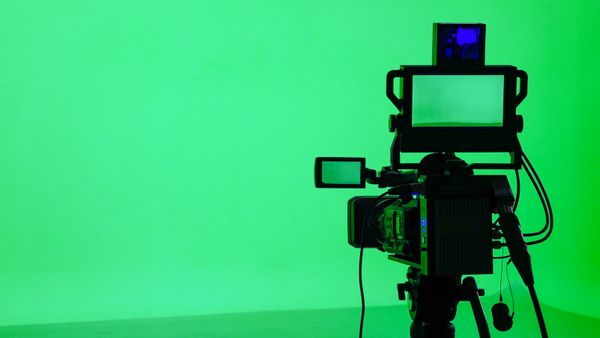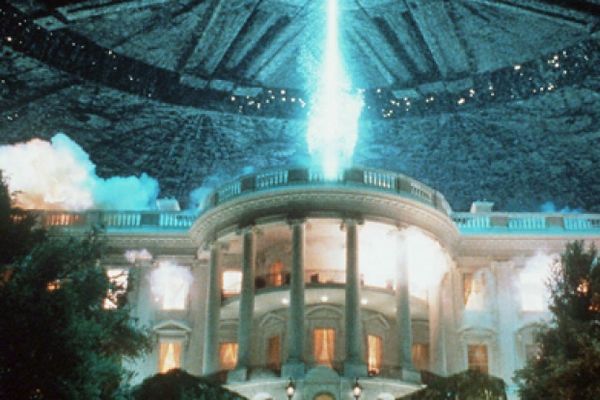Filmmaking is art as illusion. The filmmaker's goal is to make the audience believe in the fictional world he has created. The world could be very much like our own or an imaginative fantasy land. But all of the elements of that world -- from the buildings to the cars to the contents of the main character's refrigerator -- need to work together to tell a story.
Advertisement
Since filmmaking is predominantly a visual medium, everything that appears on the screen plays an important role in telling us who the characters are and what their world is like. The human brain processes visual cues faster than verbal information, so if a filmmaker wants to tell the audience that the main character is a struggling artist, he doesn't need to open the movie with a voiceover saying, "My name is Vincent, and I'm a struggling artist."
Instead, the movie opens with a wide establishing shot of late 19th-century Paris. Then we see the exterior of a shabby apartment building in the bustling district of Montmartre. The next shot is of a dark, dingy apartment furnished with only a bare mattress and lit by candles stuck into empty absinthe bottles. There are open art books, discarded wine glasses and chicken bones scattered on the paint-splattered wooden floor. There are dozens of small, half-finished canvasses stacked three-deep against the walls.
Before we even meet Vincent, we know who lives in this apartment. The filmmaker has established a clear sense of place and a palpable mood through careful research, painstaking film set construction and creative set decoration.
How exactly does a filmmaker plan for and design all of the sets that are used in a movie? How much needs to be built from scratch and how much is recreated with computers? How many people work on set construction and what are all of their different responsibilities? Read on to find out.
